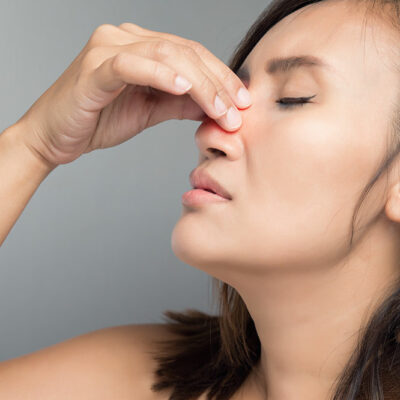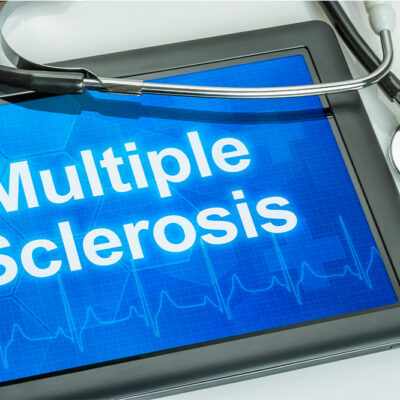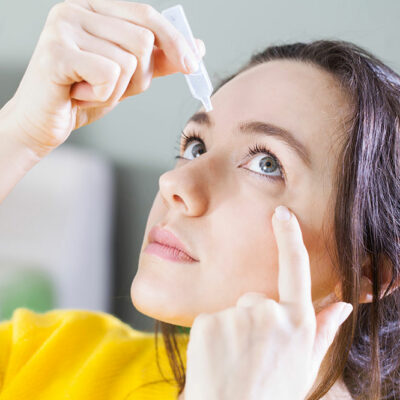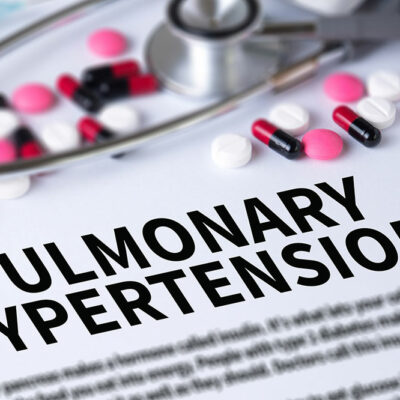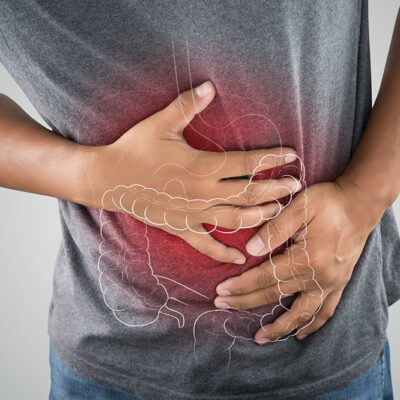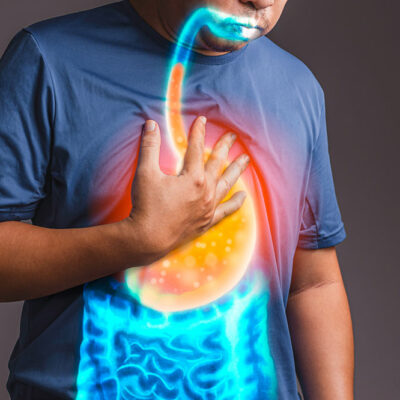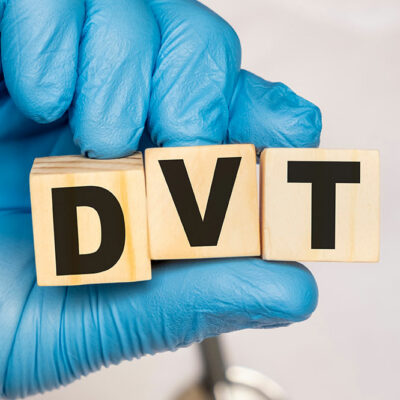
health
6 Foods That Boost Prostate Health
The American Cancer Society’s findings list prostate cancer as the most common cancer among males, with 1 in 8 males in the country affected by prostate cancer. Your food regime can significantly affect the health of your prostate. Adding prostate-friendly foods to your life will help reduce your risk of prostate cancer. You can improve your prostate health by including the following six foods in your daily life. 1. Broccoli Broccoli contains many complex compounds that help protect people from cancer. Studies suggest a link between the number of cruciferous vegetables consumed by a person and the risk of prostate cancer. Broccoli contains concentrated levels of phytochemicals that target and kill cancer cells while sparing normal prostate cells. Add broccoli to your soups, salads, and stir-fries. You can also eat broccoli steamed, raw, and shredded. 2. Tomatoes Tomatoes contain lycopene that slows prostate cancer metastasis and growth. Studies have shown that adult men who consume more than ten servings/portions of tomatoes every week reduce their risk of prostate cancer by 20%. You can have tomatoes fresh in your salads or as juices. Add tomatoes to your curries, pasta, and rice dishes to enhance flavor and take advantage of its cancer-fighting property.
Read More 
